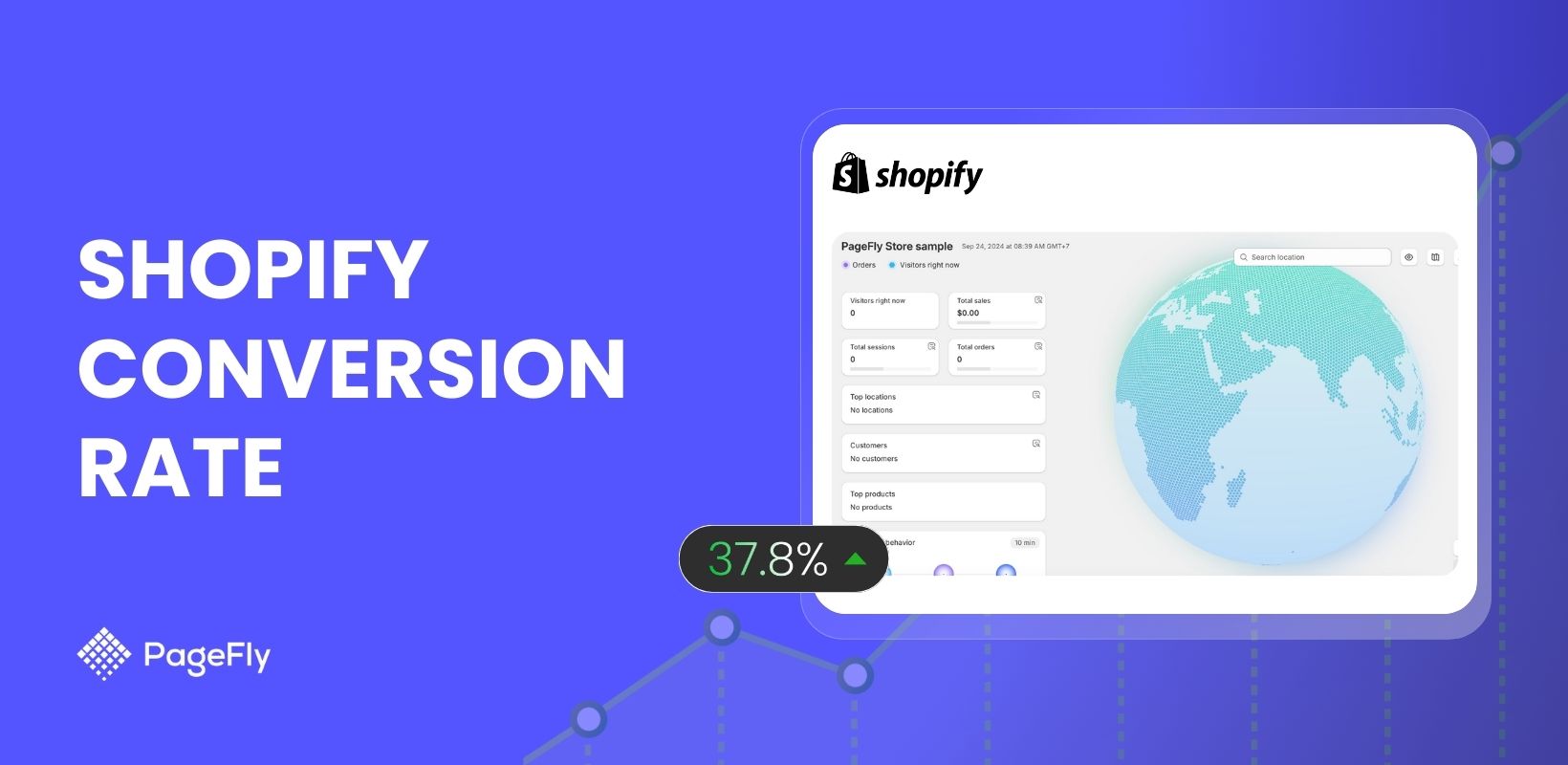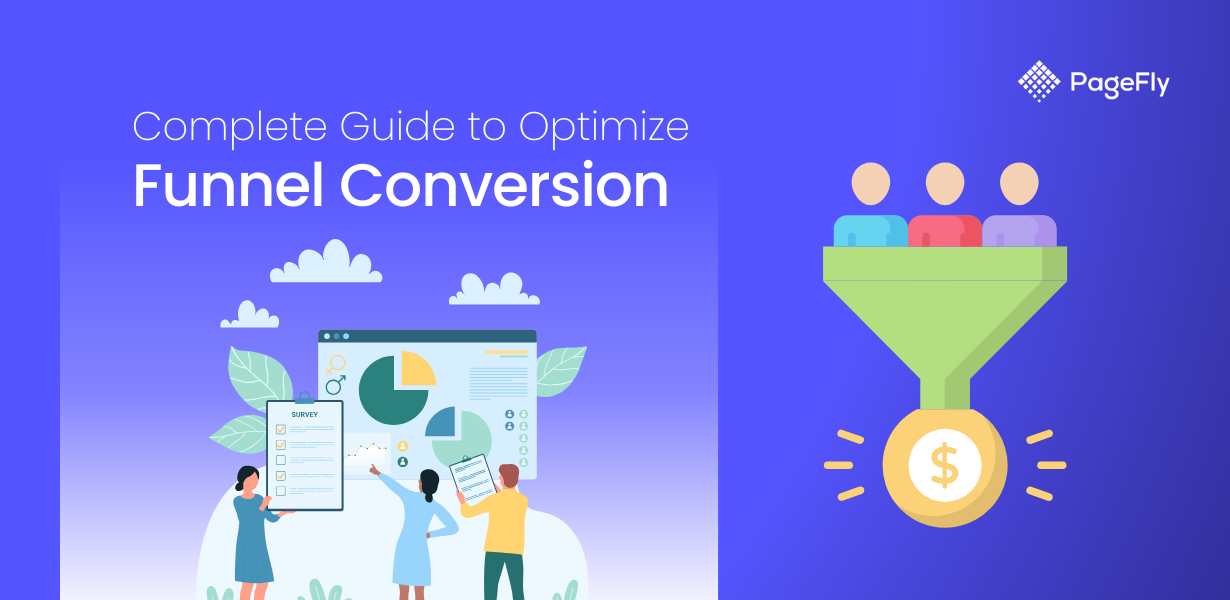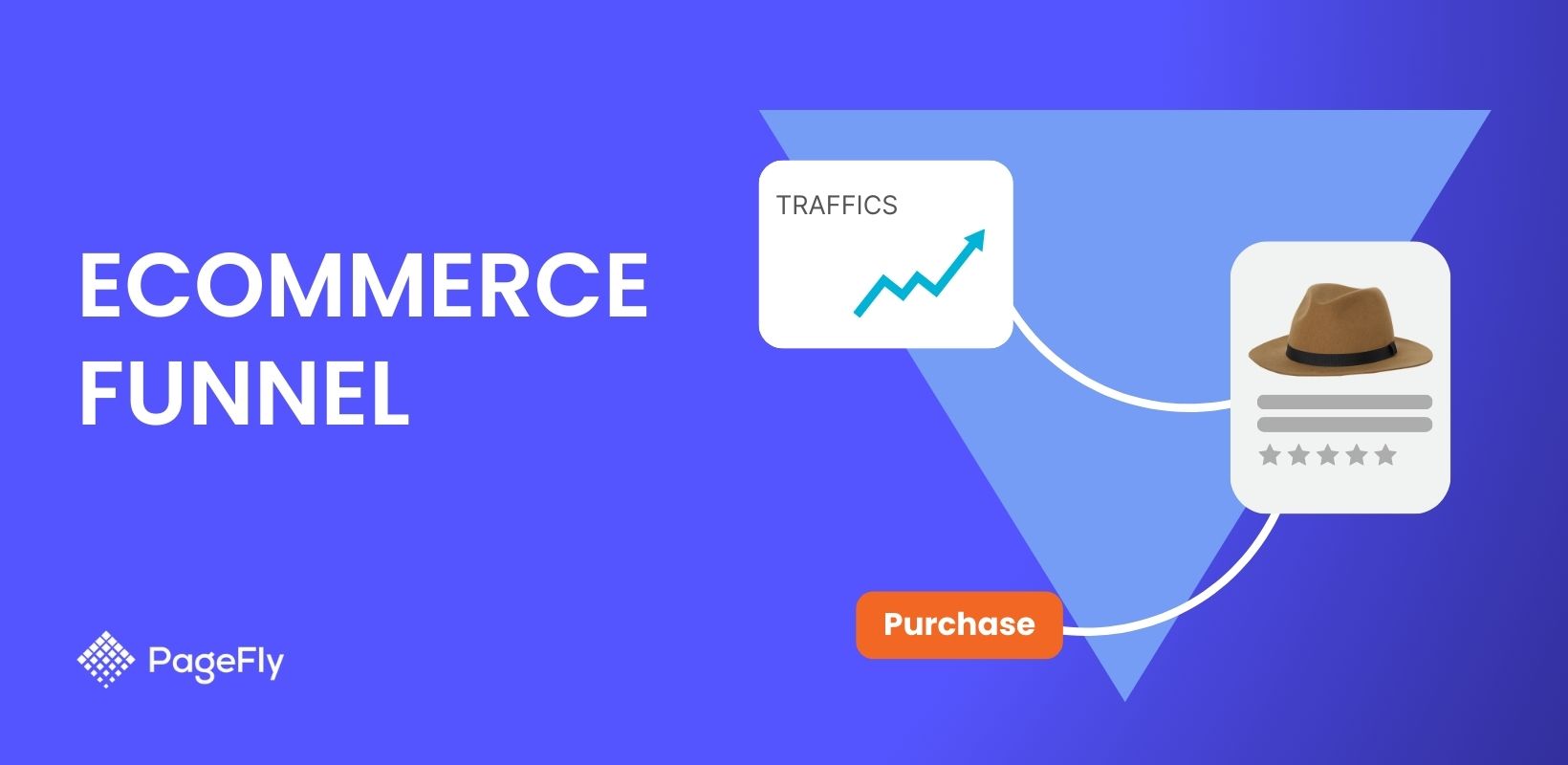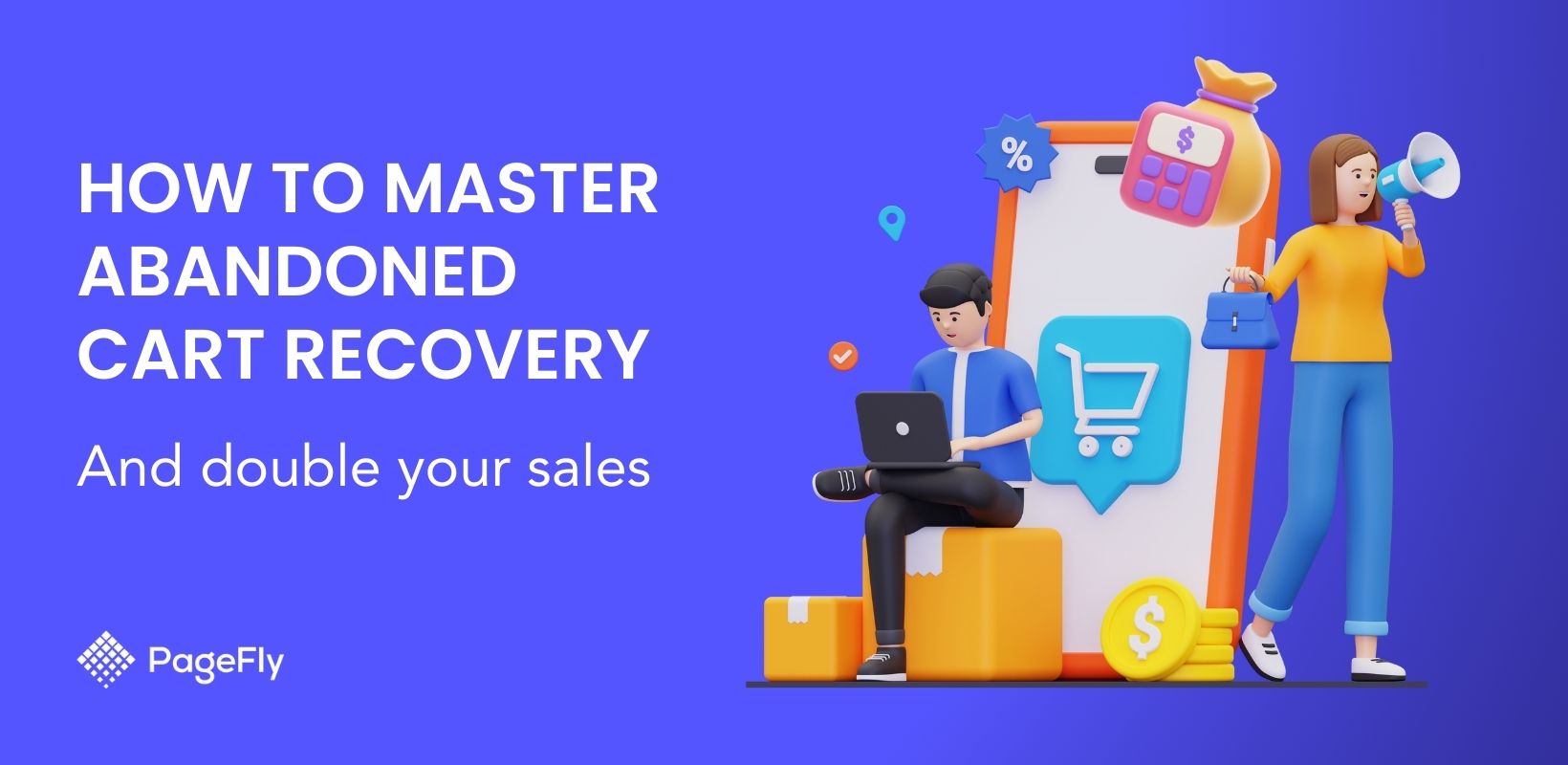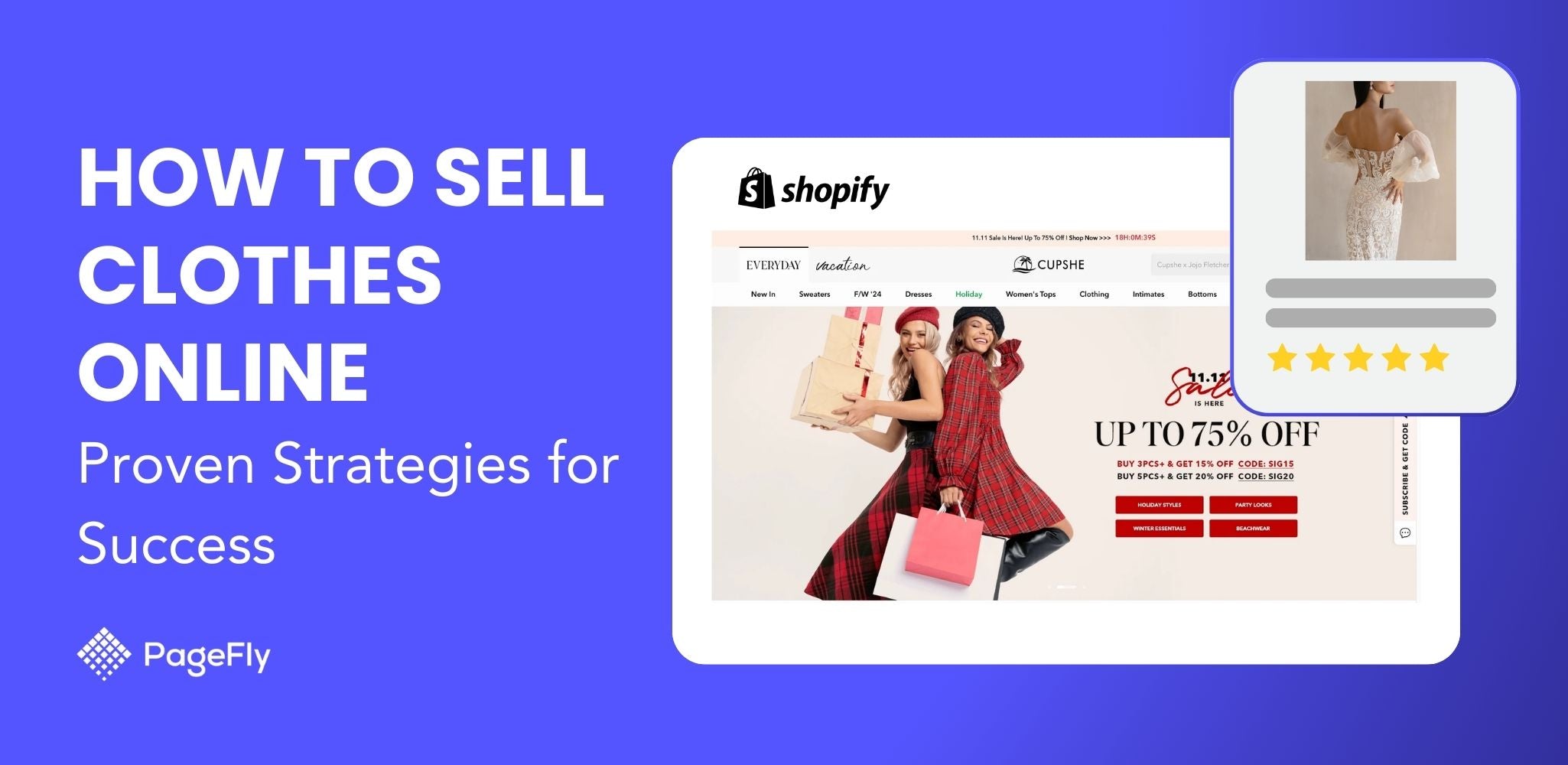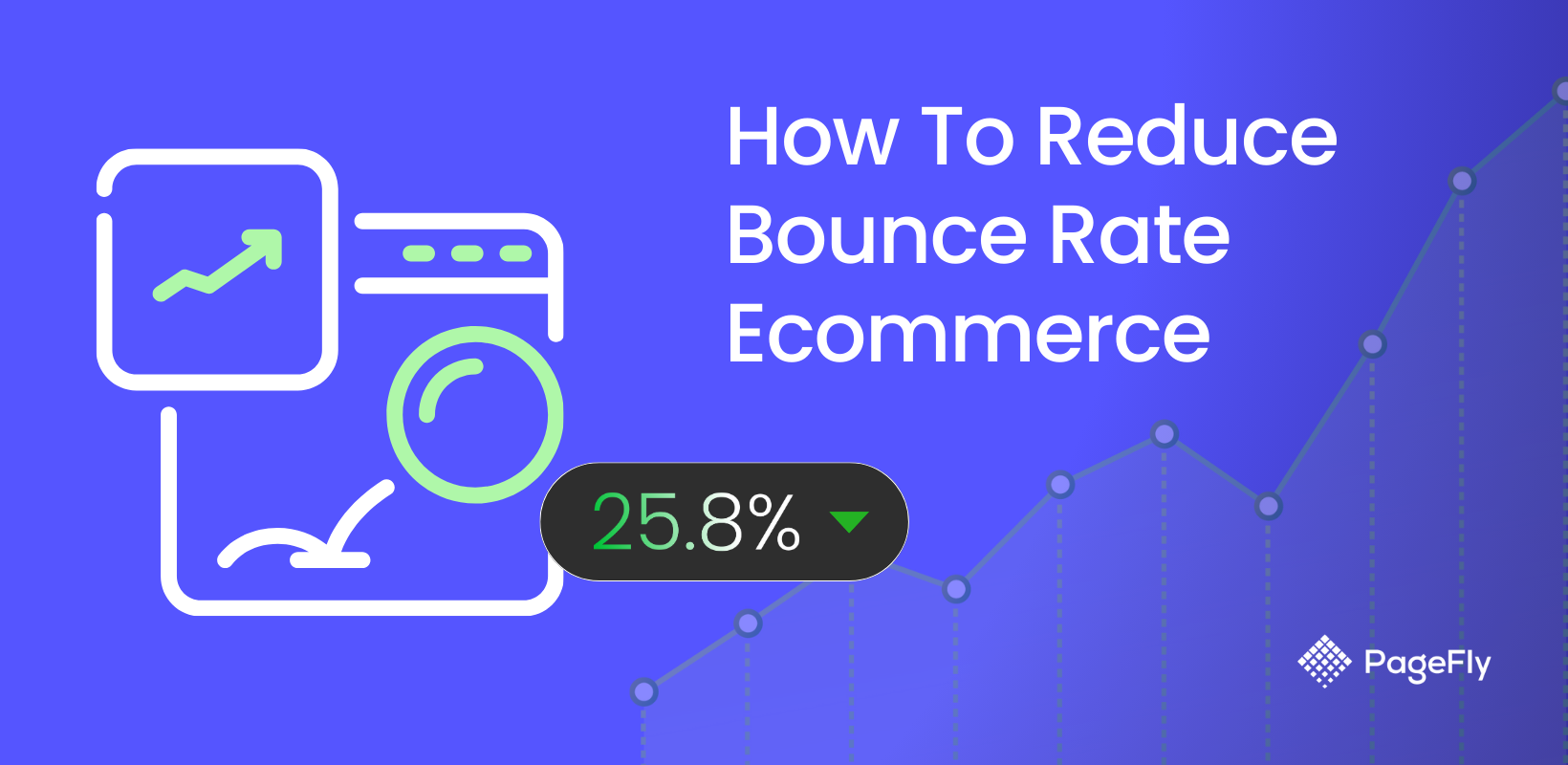This is a guest blogging article contributed by the experts at AdNabu
Google shopping campaigns have been introduced to help you grow your online business by promoting your products that lead to increased conversion rates and increased profits. Google shopping campaigns enable you to create google shopping ads to advertise your products by giving the users detailed information about your products and listings even before the users click your ads. Google Shopping Campaigns with the help of retail-centric reporting tools, through which you can track the performance of your product at a later stage.
Just having an online e-commerce store is not enough, it can be considered as the first step towards your online business. If you already have an online e-commerce website or are planning to start one, Google Shopping Campaign can help you boost your sales.
Due to the current Covid-19 pandemic situation, online e-commerce businesses are witnessing a boom like never before. The stay at home orders has influenced people to buy more products online than visit the retail stores, which has forced small and medium-sized entrepreneurs to make an online transition of their business.
The basic goal of the Google Shopping Campaign program is to connect highly interested shoppers with your online e-commerce store. The one thing common between the shoppers and your web store being the products sold by you!
Online business is growing day by day, so we know that people are looking for products online. Nowadays, it's not just about products but also services, maps, directions, everything has become online! So all we need to do is drive that traffic and entice the customers to purchase your products!
By saying this, creating a simple data feed is not enough; you need to create Google Shopping Ads with Google Shopping Campaign and also optimize it to boost sales and revenue of your online business.
Here, we have mentioned 10 effective Optimization ideas for your Google Shopping Campaign:
01. Optimize Your Google Ads Landing Page
02. Optimize Your Product Titles 

Remember that famous saying ‘The first impression is the last impression.’ Your product titles and listings somewhat serve as a first impression in the minds of the buyers.
To start with, optimize your product titles to start seeing bigger results in the optimization of your product feed. You can expect a 10 folds increase in the traffic volume by optimizing the product title. You can easily optimize your product title in the following ways:
- Include the brand name in the title: Brand names can add on to the authenticity of the product thereby making it look all the more appealing. Brand loyalty in regular customers often includes the brand names in the search query while intending to make a purchase.
- Include Gender: Including gender in the product title is often overlooked but it can work towards your benefit. It increases the chance of getting relevant clicks on your products. It can help optimize the title for a particular gender that you are planning to target. For instance, ‘Women’s Grey Skater Dress Medium.’
- Include Manufacturing Partner Number: Including MPN at the end of the title will attract the customers who are highly intended to make a purchase. Especially, in case of hardware units, or auto parts, the high intent shoppers will identify the unique identifier number of the product they are looking for.
- Include color, pattern, and size: Colour, pattern, and size is an important aspect while making an online purchase. Including these details in your product title is the best way to draft a product title. It makes the product title look distinct and descriptive.
03. Optimize Your Product Feed Descriptions & Categories
Product feed description and categories are considered extremely important when it comes to decision making. More than 88% of consumers consider the information mentioned in the product feed description. In order to optimize the product feed, you need to comply with all the prerequisites that Google recommends. An optimized product listing feed will increase the visibility on SERP which will result in an increased CTR.
Read more: How To Add Continue Shopping Button On Your Checkout Page (with Detailed Code-based Tutorial)
04. Optimizing Your Product Images

If you wish to stand apart from the crowd then the only way of doing it is by optimizing your product images! Product images are considered most important for purchasers to make a purchase. The more appealing the images look, the better the performance!
An interesting survey report has shown that more than 82% of consumers would click on a shopping ad that features a model wearing the product rather than the image of a standalone product. Consider the following points while finalizing the product feed images:
- Ensure that the product is clearly seen in the image.
- High quality with perfect lighting looks more appealing.
- Instead of posting the image of the product try posting an image with a model wearing the product.
- It is important to consider the product page URL link and the image link.
05. Use Google Shopping Ad Extensions
The ad extensions are quite effective to drive through the Click-through-Rate (CTR) and conversion rates. Google Shopping ads have two kinds of extensions:
- Merchant Center Programs: Do you remember those ‘special Diwali offers’ or other seasonal offers on the products? This can be done with the help of Merchant Promotions; it enables you to add visually appealing messages which on being clicked opens another dialogue box that displays the unique offer.
- Automated Extensions: Automated extensions have default templates which you can customize as per your requirements. For instance, you can use ‘free delivery’ or ‘a 60-day exchange policy’ to add a uniqueness to your ads, which will lure the customers to click on your ad.
06. Use Products Rating & Review
Products Rating and Reviews enhance the credibility of a particular product. On well-known online websites like Amazon, you can see the product rating and reviews for all the products.
More than 88% of consumers trust a product or brand based on the ratings and reviews posted by other customers. Google Product rating and review also improves the visibility of your product, increases the CTR which thereby increases the conversion rates.

07. Implement a Negative Keywords strategy
We highly recommend adding negative keywords strategy to your Google shopping campaigns regularly. In order to ascertain those irrelevant negative keywords, you must monitor your search query report regularly. If you want your ads to feature only for relevant keywords then negative keywords play a vital role.

Negative keywords can lead to a drop in the overall quality score of your ad or make you pay unnecessarily for untargeted clicks. Implementing a negative keyword strategy can increase your quality score as the CTR of your ads increase and also save a lot of money by eliminating unwanted clicks.

08. Adjust Bids By Device Performance
You will be able to adjust the bids on your device based on their performance, at the ad group or campaign level. Tracking your ROAS while optimizing your account is highly recommended, it helps you effectively optimize the strategies that get the biggest return for your business. You can get this report at the campaign or ad group level by selecting the devices option under navigation.
09. Optimize by Geo Location
The conversion rates are generally different for each customer according to the location they are based in. Optimization can be done by modifying the bids according to the user’s location.

The aim of optimization by geographic location is to increase the visibility of your ads to the users which bring in maximum money for the business and to decrease the visibility to the users which do not bring back any return. This optimization can only be done at the campaign level, unlike device bid adjustments.
A quick browsing to your locations tab in the campaign view will tell you about the performance by geographic location, it gives you a fair idea about the performance based on the locations you are targeting. To go a step ahead you can click on the ‘geographic report’ and then select ‘user location report.’ Now, you can click on individual locations where you can start seeing the performance in detail. It can be segregated into:
- Country.
- Province.
- Municipality.
- Town/City.
- Postcode.
- Airport.
- TV region.
- Neighborhood.
- University.
- District.
10. Increase bids For High-Performance Products
It is highly recommended to consider custom Bid Management strategies that consider performance aspects into account. A special Bid management strategy allows you to influence the product ad impression levels for a specific product, brand, or category.
For instance, you will want to reduce the bids on the products that have low ROAS and add a push factor to products that have a surplus inventory. At the campaign level, you can do this manually, however, it will apply the changes to all the products in that campaign.
It can also be done at the product level, but it becomes too tedious and a lot of manual work. Since both options are not an ideal solution, google has introduced Custom Bid Strategies. Customized Bid strategies are ideal in the following scenarios:
- To promote new collections/ brands.
- To clear off old stock or inventory.
- To execute temporary promotions, that are actually related to the business goals that are defined outside the PPC departments.
11. Create a Remarketing Strategy

In simple terms, a remarketing strategy refers to the practice of targeting previous customers to your store and re-deliver the ads to them. A remarketing strategy is highly recommended for boosting conversion rates.
- Dynamic Remarketing: You can use the Display Ad Campaign to target the previous visitors to your store by displaying the ads to them on the websites they surf. On enabling Dynamic Remarketing, Google will use the information from the Google shopping feed in the Merchant Center and build customized ads based on the products that the customers have previously viewed.
- Remarketing Lists for Search/Shopping Ads: This type of strategy is the most preferred type of remarketing strategy used for Google Shopping Ads in the Shopify stores. Since remarketing lists are not an actual campaign they can be formulated easily. As against building a complete campaign altogether, merchants and advertisers can use Google Ads or Analytics to their campaign to attach the audiences already built by them. Now, when a previously visited customer searches for a product you sell, the ads will be displayed to them based on the products they previously viewed on your website.
Conclusion
Most of the online eCommerce websites have benefitted from Google Shopping Campaigns. The biggest benefit of Google Shopping Campaign is that you get qualified leads which will increase your conversion rates. The Google Display Network helps you get increased site traffic, higher CTR and also enables you to refine the bidding strategies.
In today’s scenario, Google Shopping Campaign is one of the most effective digital marketing channels that has proven to be highly beneficial to many online e-commerce website owners. You’ll find that Google Shopping Campaign is highly cost-effective, when all the initial investment, time, and hard work will be paid off in the long run!
Additional resources
- Beginners Guide to Google Shopping Ads
- How to Troubleshoot your google merchant center data feed?
- What are the Requirements to Google Merchant Center Data Feed?
- Tips to Optimize Your Google Merchant Center Data Feed
- Google Feed Software Related Articles Collection
Guest Post by AdNabu
AdNabu helps improve sales in Google Ads for eCommerce companies. If you are running the search, shopping, or display campaigns in Google Ads, Their software will be able to increase your sales. Sign up today for a 14-day free trial.





